
Aviation safety is no accident—and truer words were never spoken. You’re suspended 30,000 feet in the air inside a metal tube traveling over 500 mph. It’s easy to forget the small army of engineers who’ve obsessed over every detail to keep you safe. Turbulence still sucks, but if you knew what went into surviving it, you might whine a little less. Flying commercial remains safer than your average Uber ride, thanks to features that fly under the radar.
1. Engine Spiral
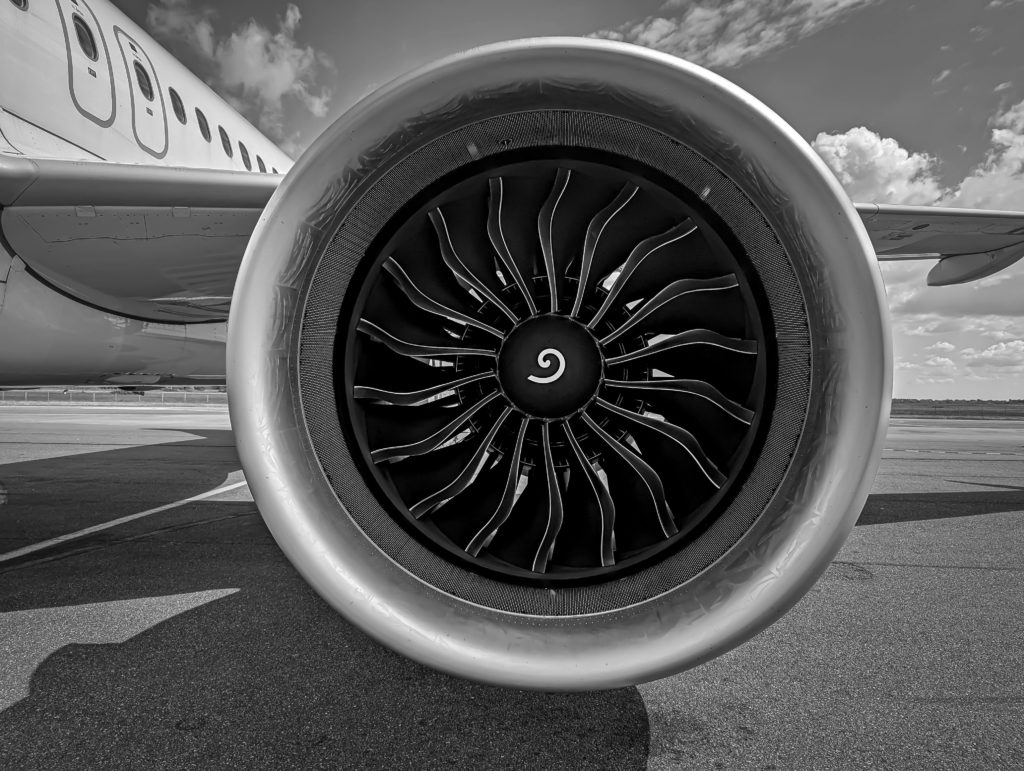
Those painted swirls aren’t just decoration—they’re lifesavers for ground crews.
Ground crews working near a jet face a deadly threat: engines spinning at over 10,000 revolutions per minute. That’s where the engine spiral comes in, saving lives with nothing more than a simple paint job. The spiral acts as a glaring visual cue, like those circular swirls hypnotists use in cartoons.
They’re designed to reduce accidents in crowded airports, especially in low light or rain. Details remain unclear about exactly how many accidents are prevented, but you can’t argue with the value of clear communication using simple methods.
2. Rescue Anchors
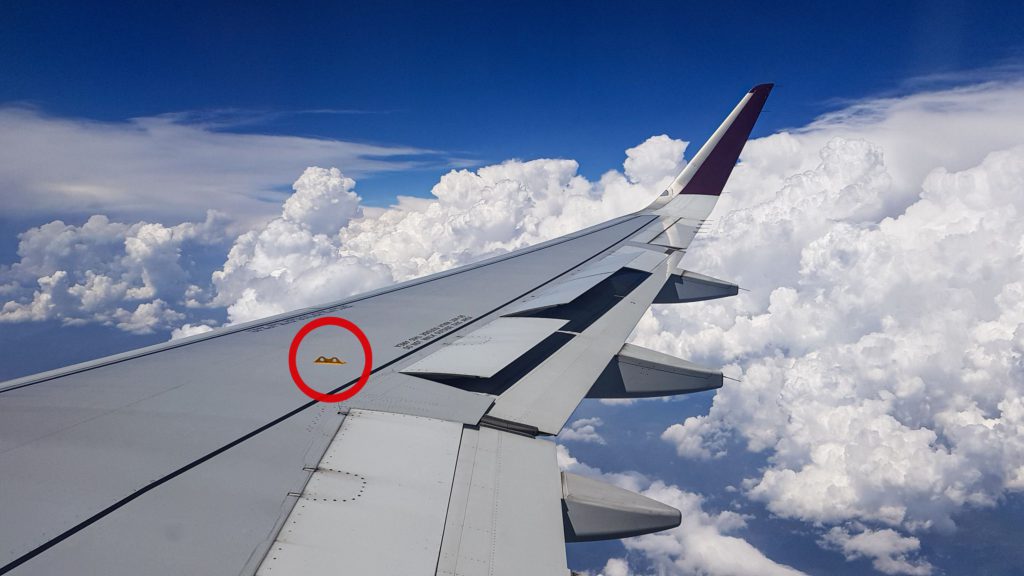
Those little wing hooks become lifelines during water landings.
Water landings are never graceful, but they happen. That’s why rescue anchors—those little hooks you probably sleep right over on the wings—exist to clip ropes, creating a makeshift handline. Think of them as guardrails on an icy sidewalk; without them, it’s every person for themselves on a slick, fuel-coated surface.
FAA and EASA regulations demand rigorous testing of these anchors, turning potential chaos into something resembling order. Imagine trying to keep 200 people from turning a water landing into a real-life survival scenario; these anchors help provide something solid to hold onto when exiting onto a wing becomes an impromptu slip-n-slide.
3. Chemical Oxygen Generator
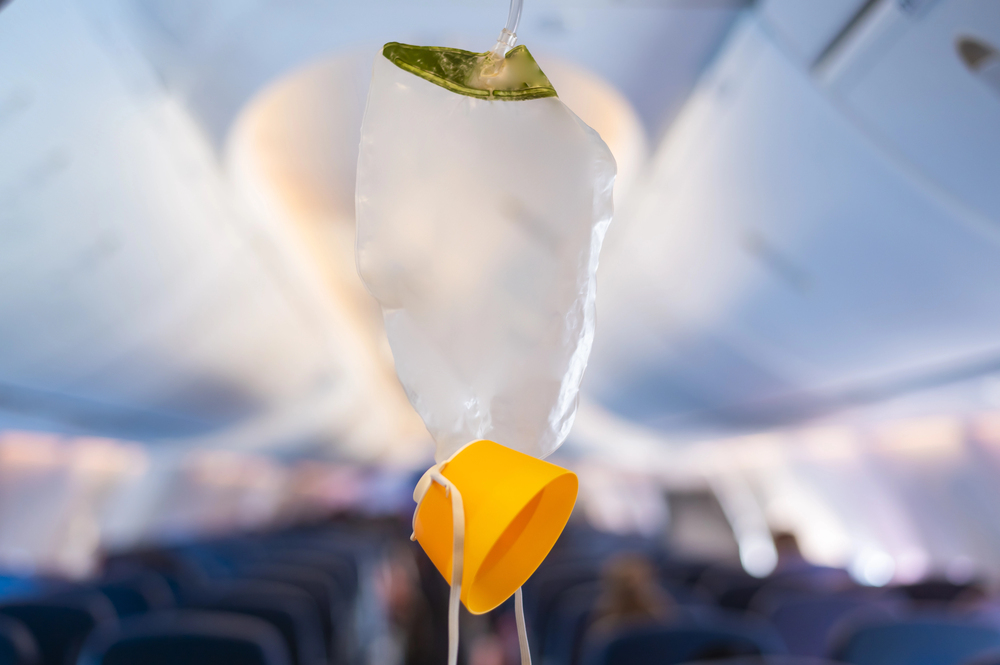
Your overhead mask runs on a cocktail of chemicals hotter than a pizza oven.
Ever wonder what happens when cabin pressure takes a nosedive? Each unit relies on a mix of sodium chlorate and iron powder. When activated, it spits out oxygen and heat, reaching around 400° inside the cartridge. Seriously, it’s hotter than a brick oven.
Providing oxygen for about 12 to 20 minutes, the system gives you enough time for the pilot to drop the plane to a safer altitude around 10,000 feet. Plus, these things boast a reliability rate above 99.9%. That’s more dependable than your phone’s GPS, because losing cabin pressure is stressful enough without adding tech drama.
4. Black Box (Flight Recorders)
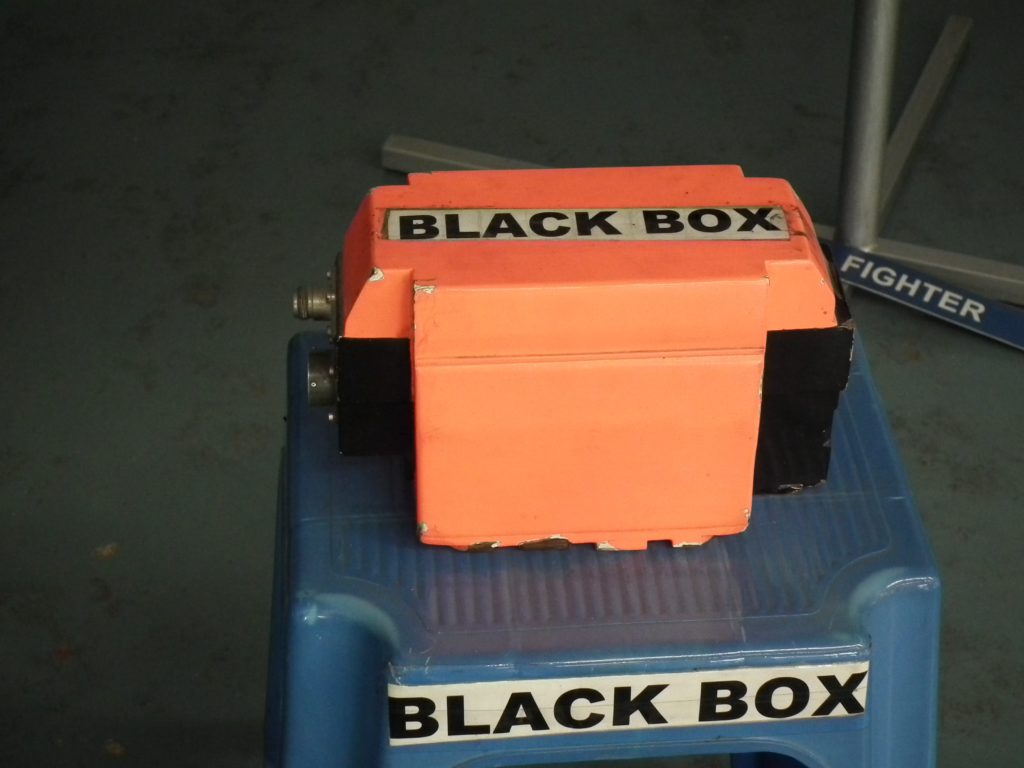
These orange boxes are tougher than a two-dollar steak and twice as valuable.
Those orange boxes are more badass than your ex after a breakup. Officially called flight recorders, these units capture crucial data, including altitude and speed. The cockpit voice recorder stores the last 2 hours of crew chatter, like a reality show with higher stakes.
Encased in titanium, they survive impacts exceeding 3,400 g forces and temperatures of 1,100° C, making them tougher than week-old jerky. A locator beacon pings every second for up to 30 days, saying “Here I am!” louder than a tourist with a megaphone. Lessons learned from black boxes contribute to safety improvements, proving that even in disaster, there’s always a chance to level up.
5. Hidden Handrails
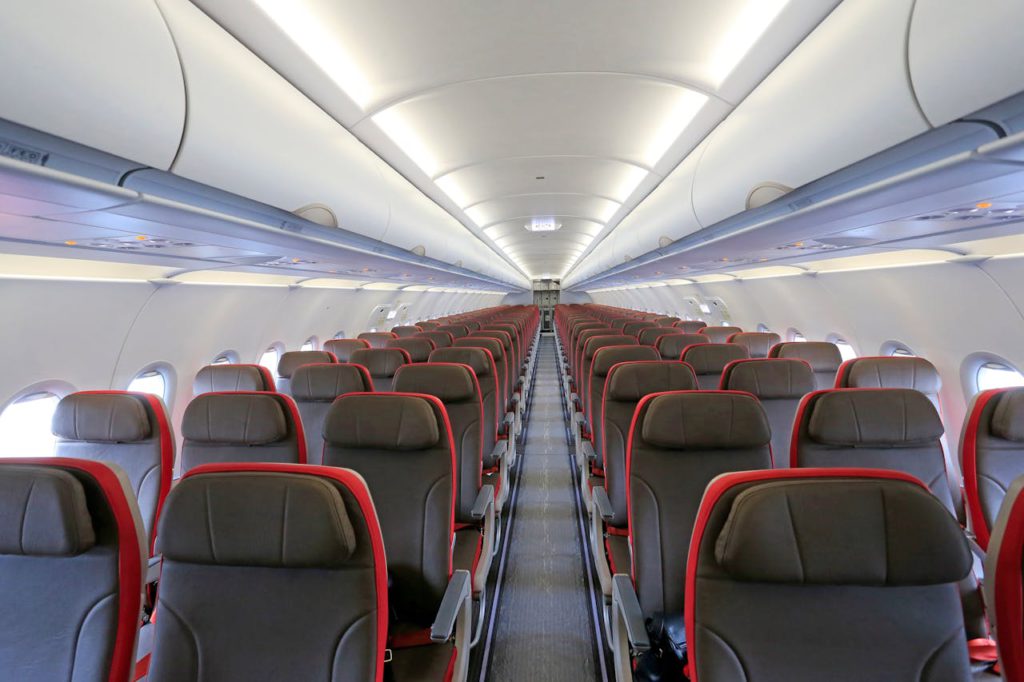
Ceiling rails keep flight attendants upright when physics goes sideways.
Those aren’t just for decoration. Hidden handrails let crew move without grabbing seatbacks, which is like expecting cats to walk single file—good luck with that. These rails blend safety with aesthetics, so you’re not flying in a padded cell.
Flight attendants need to deliver that Diet Coke even when the plane decides to play rollercoaster. Engineers test these rails with forces equal to several times a person’s weight. Anyone who’s spilled coffee on a bumpy bus knows the drill. They’re there when you need them, blending seamlessly into the cabin’s design.
6. Cockpit Horn

It’s basically airplane shouting for when radios fail.
Think of it as the aircraft’s backup voice. When external power dies or radios fail, this horn alerts maintenance crews. Imagine needing that last-minute strut check before pushback, and radio silence is the status quo. The cockpit horn cuts through jet engine noise like a fire alarm.
Airbus and Boeing each have unique honks—it’s like aircraft having their own ringtones. The horn facilitates ground coordination when radio contact is down, like during final inspections before pushback. It’s loud enough to pierce through jet noise, so even the guy in the orange vest will hear it. Basic, but effective when every second counts.
7. Air Filtration System
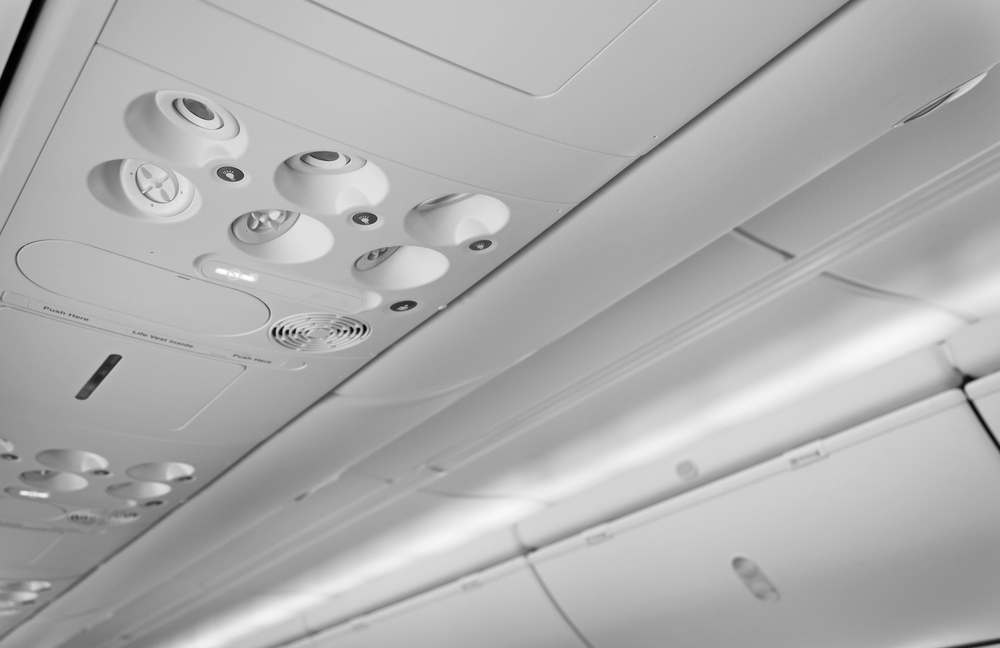
HEPA filters make cabin air cleaner than most hospital operating rooms.
“Flying is the safest form of travel,” they say, unless you’re sucking down recycled air with more germs than a daycare ball pit. Luckily, HEPA filtration systems knock out viruses, bacteria, and dust with 99.97% efficiency, meaning you’re less likely to catch someone’s cough.
Planes refresh the air every 2 to 3 minutes. Air vents even regulate pressure and prevent cold drafts, because nothing ruins a transatlantic flight like battling frostbite at 30,000 feet. It’s all about maintaining comfort and safety during long flights, though sadly, even the best filter can’t block out crying babies.
8. Airplane Tires
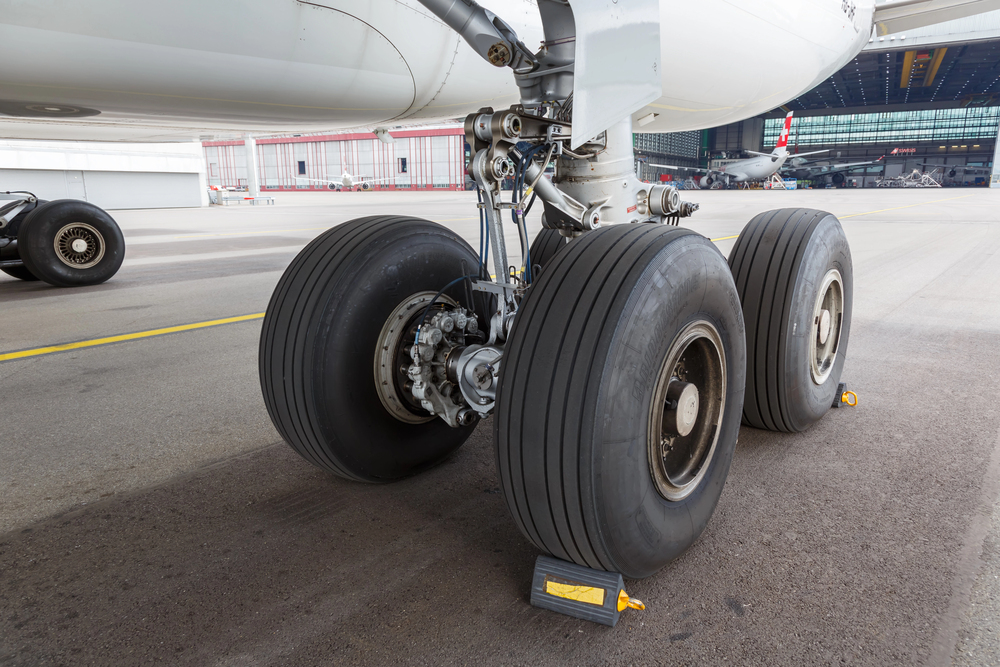
These rubber monsters hit the runway like NASCAR meets monster trucks.
Tires hitting the runway at 150 to 170 mph aren’t your typical radials. These tires can each hold up to 38 tons. But here’s where it gets interesting: the inflation pressure is around 200 PSI, almost seven times what’s in your car tire.
A blend of engineering and materials science makes them tough. The compound is embedded with carbon fibers, like that carbon fiber wrap you see on sports cars. Plus, multiple smaller tires share the impact to spread the load. It’s like a team lift—no single tire has to shoulder all the weight.
9. Airplane Windows

Three layers of acrylic and strategic design keep you from becoming a human projectile.
Ever wonder why airplane windows are so small? It’s not just to make you feel like you’re flying in a tin can. The windows need to withstand several times the cabin’s internal pressure, so size matters. Those seemingly fragile panes are actually made of three layers of acrylic, because one is never enough.
Each window also sports a tiny “breather hole” to balance air pressure, sort of like that friend who always knows how to diffuse a tense situation. Engineers made them circular to solve stress concentration, preventing bulging or cracking. This prevents you from looking like a cartoon character at 30,000 feet.
10. Human Centric Lighting
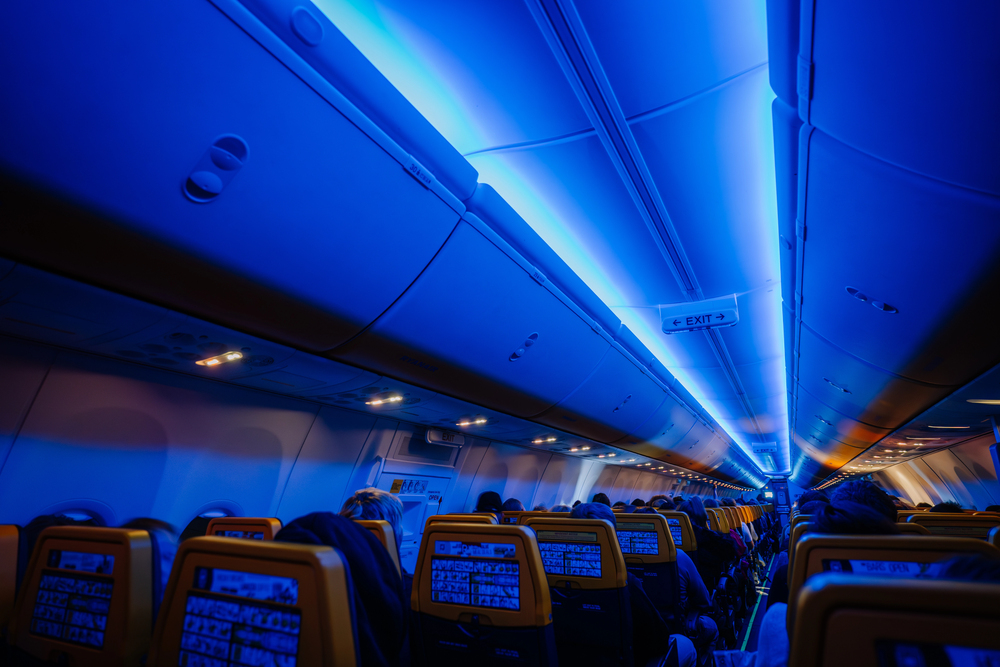
LED systems trick your brain into thinking jet lag doesn’t exist.
Ever notice how flying across time zones throws your body clock into total chaos? Human centric lighting uses LED systems to mimic natural sunlight, regulating melatonin—the sleep hormone—to reduce jet lag. It’s basically a high-tech nanny, syncing your body clock with the destination time zone.
Softer settings ease eye strain, because staring at screens at 30,000 feet is already a recipe for ocular migraines. Think of it as an in-flight spa day for your retinas. You’ll emerge feeling less like a zombie and more refreshed after a power nap.
11. Crew Rest Modules
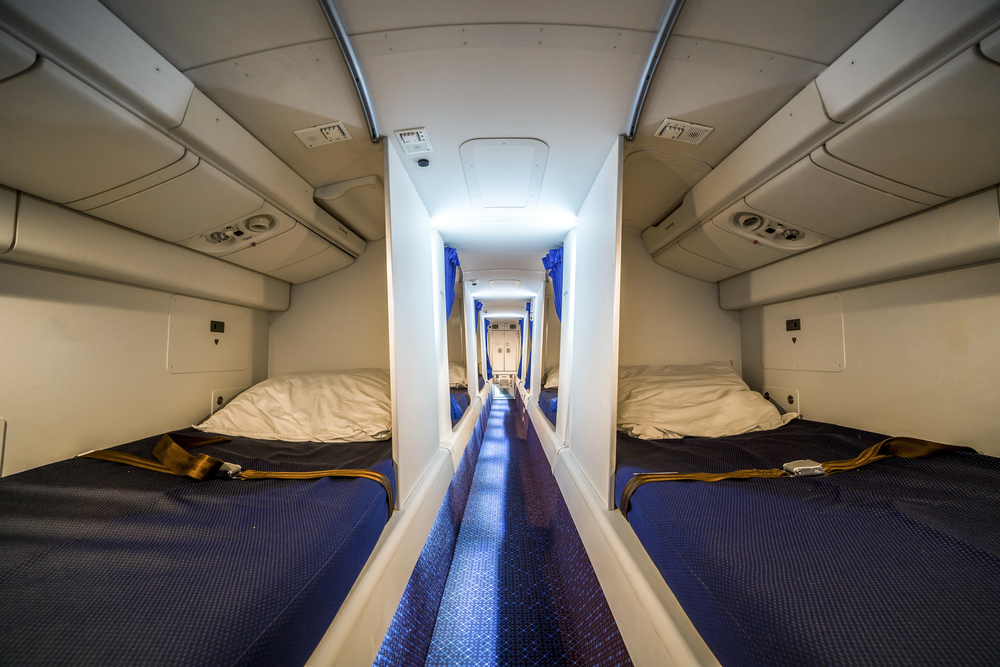
Secret bunkhouses above your head where flight attendants catch Z’s.
Aviation law mandates that flights longer than 8 hours have designated sleep areas. These hidden cabins—think airborne bunkhouses—typically feature bunk beds, individual reading lights, and personal entertainment screens. It’s like a slumber party, but with better sound insulation.
Airlines carve out space above or below the passenger area. Each module also comes equipped with emergency oxygen supplies, because passing out from boredom is one thing, but hypoxia? Hard pass. Sure, it ain’t the Ritz, but it beats trying to nap upright with your head bobbing onto a stranger’s shoulder.
Last modified: November 12, 2025







